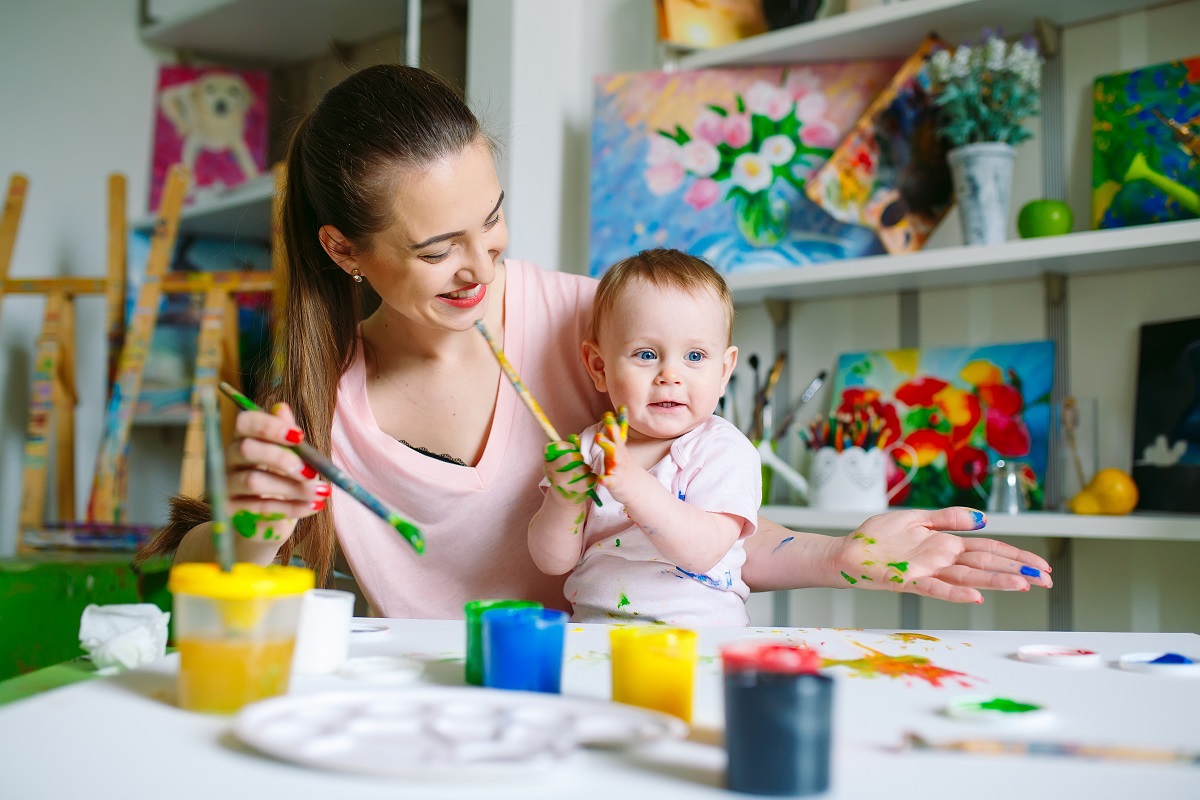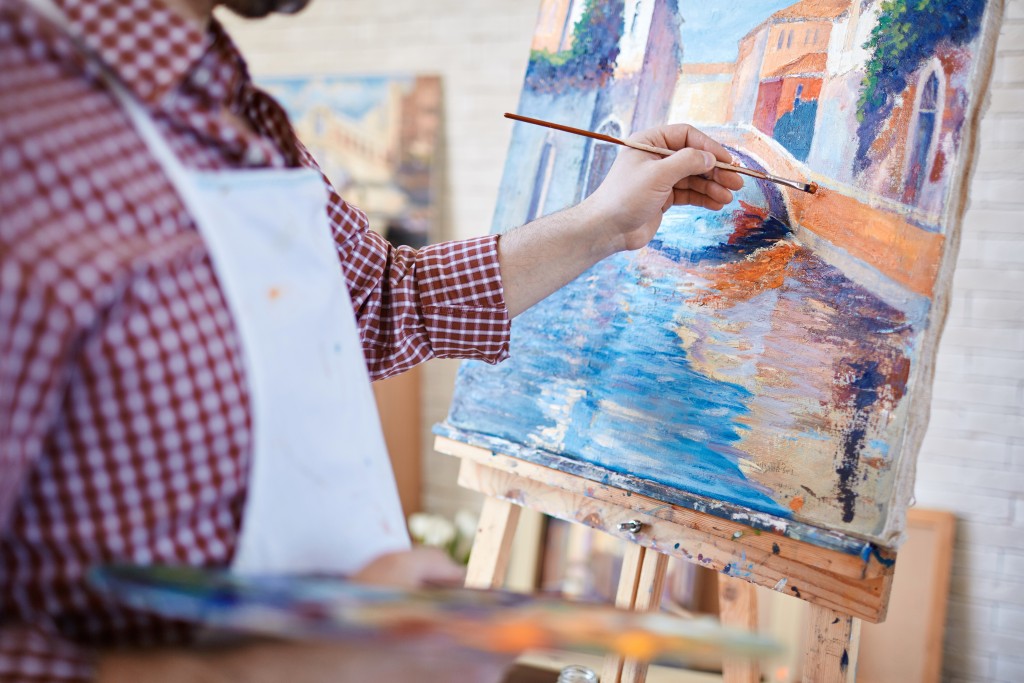Painting is an artistic skill that allows us to simultaneously develop creativity while providing relief from stress and emotional fatigue. You don’t need a lot of materials to get started, and you can even set up your workspace in the common areas of the home. Yet like any hobby, painting can benefit from having a dedicated space wherein you can be free to focus and create in the right state of mind. Here’s how you can have your own studio space within the home.
Location matters
It’s easy to start by choosing any unused room—you probably have one or two in mind. But while location might not be everything for your home studio, it can have a significant effect on your productivity. Anyone who has worked from home can attest to the difficulty posed by various distractions such as the TV, devices, or the comings and goings of people around the house. Select a room with privacy and some separation from the bustle of the common areas. It’s also desirable to have a lot of natural light because that will provide you with the best illumination for judging colors; north-facing windows or doors will let you bring in consistent sunlight throughout the day. Ideally, you should have a view of the outdoors, whether it’s a mountain range or your beautiful garden created by local landscapers, to fuel your creativity.
 Cover the facility’s essentials
Cover the facility’s essentials
Many aspiring painters begin their artistic journey with only the basic tools for their craft: a set of brushes and pigments, a palette, and some canvas or paper. Everything else is taken from the surroundings and converted or repurposed to fill in their needs—a table in lieu of an easel, desk lamps for indoor lighting, and old jars for water or brush storage.
Having a dedicated studio in your home allows you to start buying more (and better) gear, filling out space with proper artist’s equipment. But don’t overlook the facility’s essentials; full-spectrum indoor lighting, for instance, is critical to being able to work at night or in gloomy weather conditions. Access to a sink and running water will help you clean up messes and make it easy to ensure that brushes are constantly washed and well-kept. Finally, the studio needs to be well-ventilated for health and safety reasons. Many materials such as solvents, fixatives, and some acrylic paints can emit toxic fumes that are hazardous in an enclosed, stuffy location.
Maximizing the space
As you start to outfit your studio with art supplies and all the necessary fixtures, you may find that operating space gets limited. This can become a problem as you work with larger canvases or experiment with new media, and as your finished pieces start to pile up in storage. Unless you were able to convert a big shed or build a home extension for your studio, the odds are that you’ll need to be judicious in your use of space. Look for furniture that can double as storage or be folded up to take up minimal space when not in use; collapsible tables and multi-level trolleys or carts are often staples in a home studio. Don’t forget to do something about those finished artworks, either. You can find a spare closet or room and dedicate that for storage, ensuring that conditions are optimized for long-term archival.
With a little effort, you can use these steps to make space for your hobby of painting in your home and enjoy further benefits to your creative development and overall well-being.




